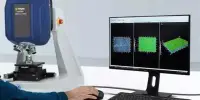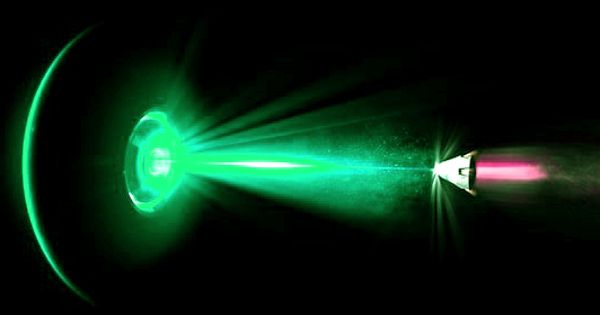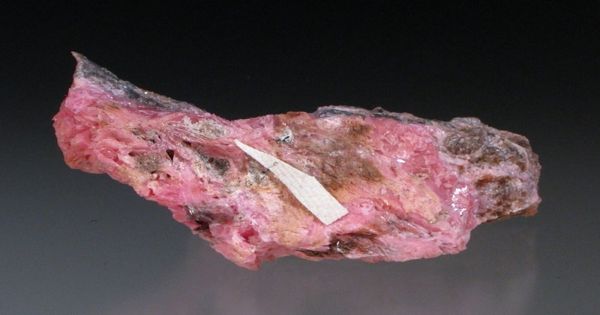Radiometric calibration is a process used in remote sensing and imaging to ensure that the digital values recorded in an image are consistently and accurately related to the physical properties of the objects under observation. In science and technology, it refers to any set of calibration techniques used to support the measurement of electromagnetic radiation and atomic particle radiation.
This calibration is required for quantitative analysis and comparison of data collected from various sensors at different times or under different conditions. These could be in the field of radiometry or the measurement of ionizing radiation emitted by a source.
The radiometric calibration process entails converting raw sensor data (often in the form of digital numbers) into radiance or reflectance units. Radiance is the amount of electromagnetic energy emitted or reflected by a surface per unit area and solid angle. Reflectance is defined as the ratio of reflected to incident radiation on a surface.
Here are the key steps involved in radiometric calibration:
- Sensor Calibration: Calibration starts with calibrating the imaging sensor itself. Characterizing the sensor’s response to known radiometric targets is part of this process. The goal is to establish a relationship between the digital numbers recorded by the sensor and the observed scene’s actual radiance values.
- Dark Current Correction: Sensors can generate a signal even when there is no incoming radiation, which is known as dark current. This signal must be measured and subtracted from the data observed.
- Flat-Field Correction: The sensitivity of sensors may vary across the image. To compensate for these variations, flat-field correction divides each pixel’s value by a corresponding flat-field value.
- Atmospheric Correction: If the sensor is observing Earth’s surface from space, atmospheric effects can impact the observed radiance. Atmospheric correction aims to remove or compensate for these effects, such as scattering and absorption of radiation.
- Conversion to Radiance or Reflectance: The final step involves converting the corrected digital numbers to physical units, such as radiance (for passive sensors) or reflectance. This conversion is typically based on calibration coefficients derived during sensor calibration.
Ionizing radiation
Ionizing radiation is non-visible and requires the use of ionization detectors such as the Geiger Muller counter or ion chamber for its detection and measurement. Instruments are calibrated using standards traceable to national laboratory radiation standards, such as those at The National Physical Laboratory in the UK.
Count rate measurements are typically associated with particle detection, such as alpha and beta particles. For gamma-ray and X-ray dose measurements, however, a unit such as the gray or sievert is typically used.
Radiometrically calibrated data enables more accurate and meaningful analysis, such as comparing images from different sensors, tracking changes in land cover over time, and performing quantitative surface property analysis. It is especially useful in applications like environmental monitoring, agriculture, and scientific research.
















